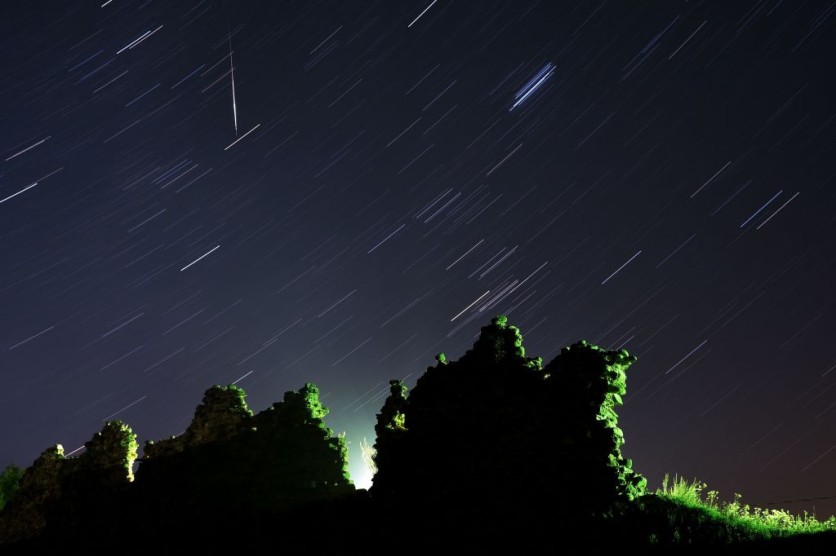Get ready this Thursday, October 20, and Friday, October 21, as the Orionid 2022 meteor shower is coming to bring a spectacular lights show in the skies, available for all to watch. All you need to do is catch it at the best times and an ideal location to watch one of the most anticipated annual events from space, free and accessible to all.
Ready your picnic blankets, some snacks, and jackets to protect you from the cold and breezy night where you have to sit in an open area to get the best there is from the Orionid.
Orionid Meteor Shower is Coming this Week

According to EarthSky.org, the Orionid has a long period of availability compared to other meteor showers in the skies.
The Orionid is coming as the Earth passes by the remnants of Halley's Comet, with the planet already near its location, and it is slated for this time of the year.
Space.com reports that the meteors are fast to show up in the skies, but it leaves long trails that would be visible to the public, as well as bright lights that make them easier to spot.
Best Time, Where to Spot the Orionid
The best time for the public to see the Orionid meteor shower is this Thursday morning and early Friday, right before the Sun rises from the horizon and exchanges with the Moon. Its peak would take place on Friday, October 21, when the Moon already enters its waning crescent phase, having less glare and presence in the night sky.
It means that people should be ready as early as 2 AM to catch its presence at around 3 to 4 AM. The best position to look for the Orionid in the Northern region is by looking towards the Southeast. For those in the Southern region, spot it towards the Northeast.
Meteor Showers' Annual Events
The year is almost done as the world enters the fourth quarter with October, but that does not mean that it is the end for meteor showers and their annual events to grace the night skies. In fact, according to a previous guide for meteor showers for the second half of the year, there are still four to anticipate before the New Year comes.
It is just something with meteor showers that make the night more magical and enjoyable, even for those who are not that into astronomy or space.
The Leonids will come for the whole month of November, while the Geminds will arrive from December 4 to 17. On the other hand, the two remaining meteor showers are coming with the Ursids by December 17 to 26, and the last show for the year will take place on December 27 to January 10 for the Quadrantids time to shine.
Orionids is peaking this Friday night and it will deliver the best view possible for all, with most of Halley Comet's remnants available for the public to see in the coming days.
This article is owned by TechTimes
Written by Isaiah Richard




